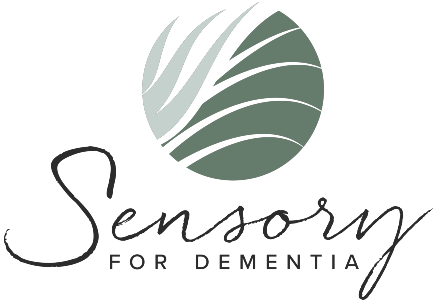
Dr. Ross Greene, a child psychologist, sends an important message that can be applied to people of all ages. He says [people] do well if they can. Compassionate communities recognize that challenging behavior does not have harmful intent. Instead, it is a person’s way to “express frustrations over a lagging skill or an unmet expectation”. It is the community’s job to get curious and get creative in the problem-solving response. Through this process, it is helpful to acknowledge that all behavior is communication.
What is being communicated? Which skills are lacking? What expectation or need is not met?
Outlined below is a 4-step process that facilitates curious and creative problem solving.
All behavior is communication: Steps 1-4
Step 1:
Identify body clues that indicate a person’s nervous system is becoming distressed or dysregulated. For example:
- Pacing, restless body
- Increased fidgeting
- Rapid breathing or heart rate
- Activity refusal or avoidance
- Tense muscles, clenched fists
- Use of profanities
- Decreased eye contact
- Expressed need for alone time
- Irritated or annoyed tone
Step 2:
Ask some questions as you try to figure out what that body clue is telling you. For example:
- Is my loved one hungry or thirsty? Are they feeling pain or discomfort? Do they need to go to the bathroom or need clean, dry clothing?
- Does my loved one feel over or under-stimulated? Is the environment too noisy? Additionally, are the lights too bright? Were there enough opportunities to move their body today?
- Might my loved one feel nervous, scared, uncertain, or unsafe right now?
- How demanding is the task? For example, could it feel unfamiliar or overwhelming?
Step 3:
Take action. Implement a regulating strategy before things get out of control. For example:
- Meet needs for food, water, toileting, etc.
- Add extra time to complete a task. Do not rush.
- Turn off the television, radio, fan, etc.
- Move to a quiet, calm space
- Provide calming touch through a hug or massage
- Go for a walk outside
- Sing or dance to favorite music
- Rock in a rocking chair or sit on a porch swing together
- Take a break and try again later
Step 4:
Reflect, learn, grow, then reset. Here are a few sample questions to guide this process:
- What worked well that you will add to your toolbox for next time?
- Why did something not work as well as you hoped?
- How can things be done differently next time?
- What can you do to regulate and care for yourself so you are better able to care for someone else?
All behavior is communication: Important notes
- Your loved one is doing the very best they can, given the skills they currently have.
- There is not a one-size-fits-all approach to regulating the nervous system.
- Strategies that work one day might not work the next day. Continue to build your toolbox and seek help as needed.
- You are not a failure if things get to the “out of control” point. Meltdowns happen and repair is possible.
Next: 10 Tips for Responding to Distress in Dementia

Disclaimer: Although I am an occupational therapist and the information compiled is based on years of training and clinical experience, this is NOT a place for skilled therapeutic intervention. The ideas presented on this website and in products are for informational/educational purposes only and are not medical advice.
Additionally, a website does not replace an individualized plan of care developed as the result of assessment, clinical observation, and collaboration between therapist, client, and care partner(s). If you are concerned about the cognitive, sensory, or functional abilities of yourself or someone you know, then you should talk with your physician or your therapist.

1 Comment on All Behavior is Communication
Comments are closed.